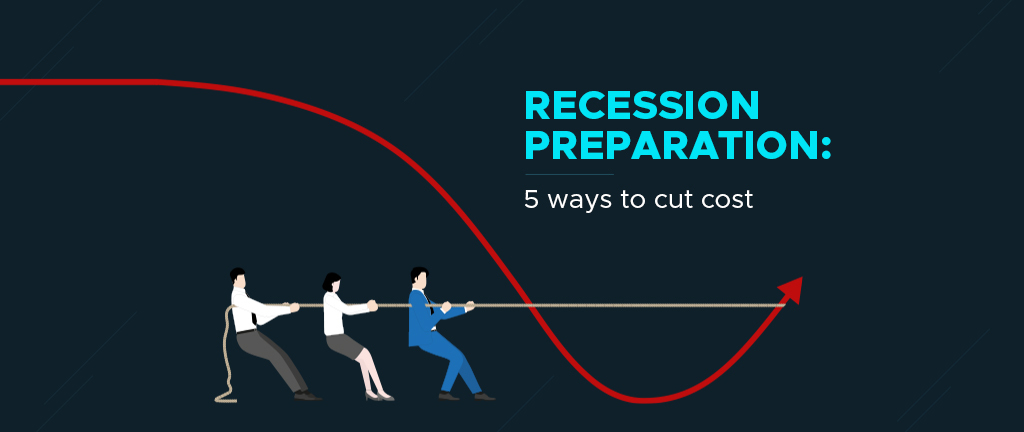The threat of a global recession hangs over the world. The warning signs are growing louder by the day, with analysts and economists voicing their concerns. A huge wave of layoffs and hiring freezes across tech giants also tell the same story about the impending recession.
Are You Prepared For The Recession?
Recession periods prove difficult for an organisation’s survival as sales go down and economic growth stalls. Hence, with recession fears looming large, many organisations are prioritising cost-cutting. They are taking a hard look at the bottom line as one can only weather the storm by anticipating challenges early and preparing for the future.
However, cutting costs at random is not going to do the trick. Here, we share five sustainable ways you can plan for uncertain times by cutting costs.
Identify and eliminate Non-Value Adding Activities
To achieve cost-effectiveness in the long run, businesses need to have a complete understanding of their processes. With value analysis, it’s easy to quickly understand the number of customer-value-adding activities and non-value-adding activities in the process. Once you identify and eliminate non-value-adding tasks, such as rework, unnecessary approvals and double entries, from the processes, it results in process effectiveness. Removing process waste gives you a clear insight into resource requirement and thus ensure cost optimisation.
Know your expenses
Understanding your process from end to end gives you a myriad of cost-cutting opportunities. For example, looking at crucial data, such as the total cost of doing the process, the cost of any delays in the process, resource cost and utilisation, helps you identify areas to optimise cost. Now, you can use these insights to take informed actions, such as eliminating repetitive tasks, rerouting the tasks to a lower-cost resource, removing delays, etc. This results in effective cost savings.
Proper Resource Allocation
Analysing manual intensive, repetitive tasks in the process and evaluating them for automation also allows long-term cost reduction on account of reduced team member requirements and reduction in time spent on the tasks. This removes the chances for human error and results in significant time and cost savings, allowing you to free up resources and focus on your core business objectives.
Standardise the most cost-effective process
Another sustainable way of cost optimisation is standardising the most cost-effective process. Compare processes from different business areas side by side to analyse each process from the cost perspective. Once you identify which process is more efficient, you can take parts of one process and apply them to the other process to reach the most cost-effective way of doing things.
Tracking team performance
Empowering the team with centrally available information helps them with their tasks and increases their productivity. Further, clearly defining the KPIs and roles and responsibilities using the RACI (Responsible, Accountable, Consulted, Informed) matrix ensures clarity in the job role and enables keeping a track of team productivity. These measures for tracking employee performance help in keeping costs in check by ensuring capacity requirements and resource right sizing.
How BPM Helps in Controlling Costs
By giving a complete view of your processes, BPM (Business Process Management) proves instrumental in reducing your operating costs. It helps you gain a complete overview of your expenses and devise a long-term cost-reduction strategy. Gartner highlighted the importance of BPM during the 2009 recession, stating that BPM can save processes from derailment.
A BPM tool, such as PRIME BPM that enables easy and fast process mapping and comes with an in-built analytics engine enables you to gain crucial insights into your business operating cost and spending.
With the tool, you can get key metrics, such as the total cost of doing the process, the cost of any delays in the process, resource cost, etc., which can be used to achieve effective cost savings.
To explore the full range of cost-saving features of PRIME BPM software at Zero Cost, click here.



